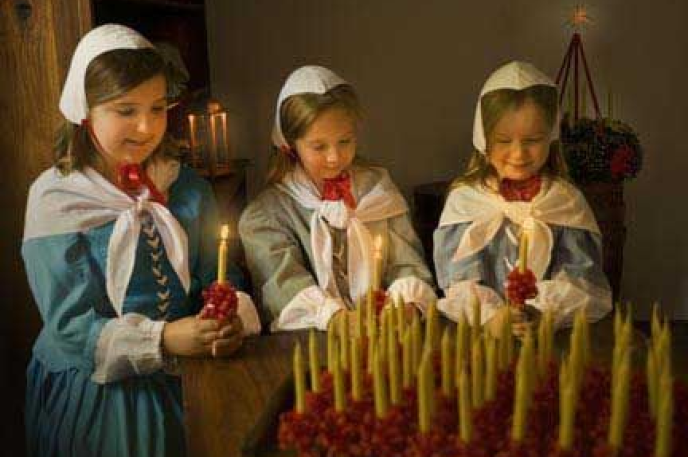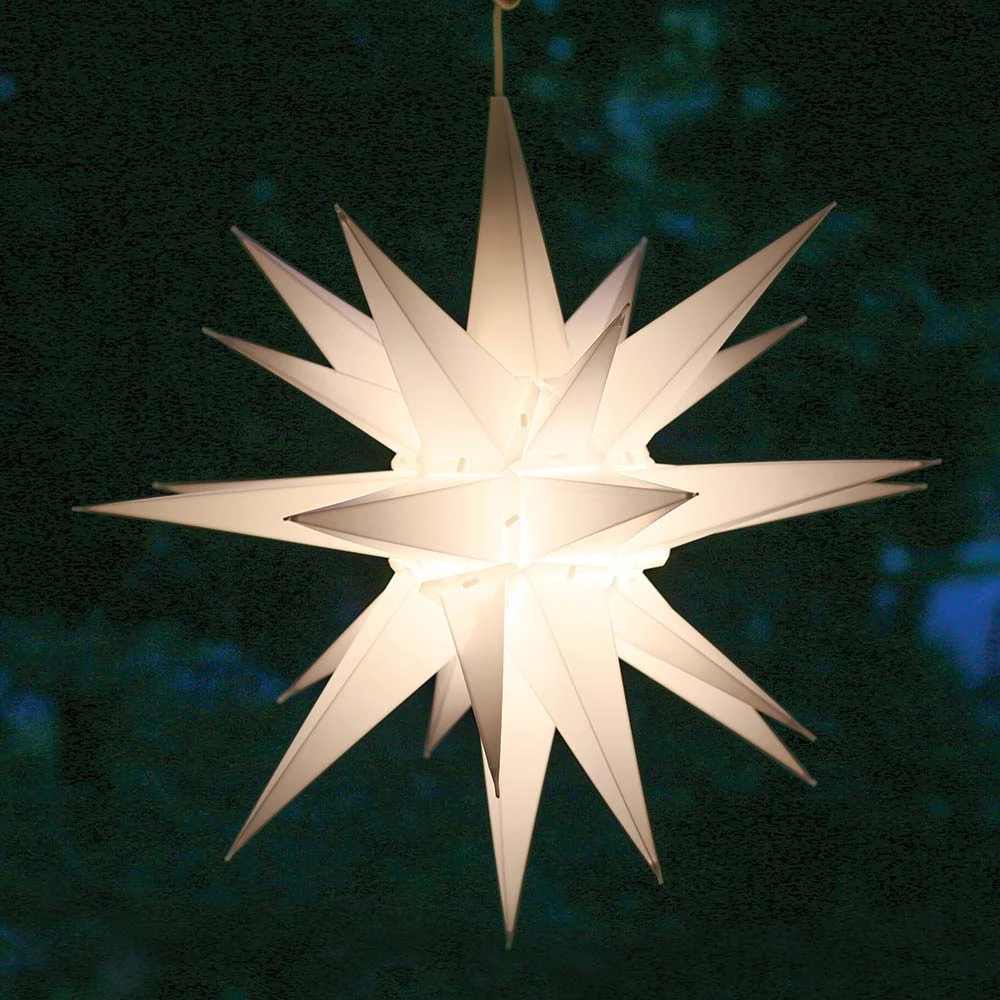
Winter Holidays from the Carolina Room: A look at Moravian Christmas
December 18, 2019
NOTE: This blog is the second in a series on the history of winter holidays. Hanukkah was covered in this series and Kwanzaa comes next. Stay tuned!
Before there was Winston-Salem, there were two distinctive towns-- Winston and Salem. Salem was established by the Moravians in 1766. The Moravians were a Protestant church that began in what is now known as the Czech Republic. During the colonial period, Salem became a central trading center in North Carolina’s backcountry. Today, visitors continue to visit “Old Salem” which retains its early charms.
Several Moravian traditions are incorporated in how we celebrate winter holidays in North Carolina. The delicious Moravian sugar cookies that we enjoy are now more available than ever and are particularly popular during the holidays. Many Moravian churches throughout the state hosts a colonial tea. The Moravians further celebrate on Christmas Eve with a traditional Love Feast, which dates back to the 1700s. Tapered, beeswax candles wrapped in red ribbons are lit then distributed to everyone present including the children. Hymns are sung and i t all ends with the eating of sweet buns served with milky coffee or tea.
t all ends with the eating of sweet buns served with milky coffee or tea.
In many homes throughout North Carolina, you will find a Moravian Star decorating the home. This 28-point star became popular in Germany and eventually in America and Europe where there are Moravian congregations. In Germany, they are known as Herrnhut stars, named after the Moravian Mother Community in Saxony, Germany, where they were first commercially produced.
To learn more about Moravian Christmas, visit the Robinson-Spangler Carolina Room on the third floor of Main Library.
Photo courtesy of Our State Magazine
